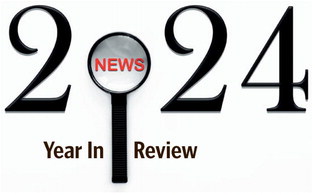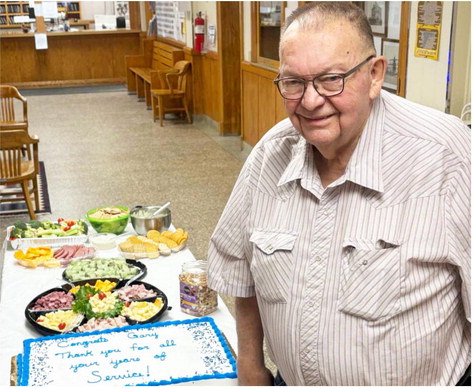Gianforte Announces Investment In Response to Fentanyl Crisis
Gov. Greg Gianforte has announced an investment of up to $400,000 to provide low cost, life-saving resources across the state to respond to the fentanyl and opioid crisis brought about by the Biden-Harris border policy.
As recommended by the Behavioral Health System for Future Generations Commission, the investment represents the next allocation of $300 million in funding secured by the governor last year to reform and improve Montana’s behavioral health and developmental disabilities services systems.
“Montana continues to be hard hit as a result of the Biden-Harris border policy, which has invited drug cartels to overrun the United States,” Gianforte said. “While Biden and Harris sit on their hands, Montana is taking action to save lives and protect Montanans from drug overdoses. I’m grateful to the Commission for this life-saving recommendation.”
The one-time funding will be used to install 24 Wellness Kiosks throughout the state, which will dispense and distribute fentanyl testing strips and naloxone. The kiosks will be strategically placed at community-based programs such as Projects for Assistance in Transition to Homelessness and Dropin Centers. Both programs are low barrier access points to behavioral health treatment and offer individualized supports. The initiative aims to combat an alarming rise in fentanyl and opioid overdoses.
In 2022, Montana saw 95 fentanyl overdoses, the highest on record. Prior to 2020, the state averaged about eight deaths per year. In 2023, there were 123 fatal opioid overdoses in Montana, the highest number since DPHHS began tracking the statistic in 2009. In the same year, there were 93 fatal fentanyl overdoses, the second highest during the same timeframe.
Additionally, there were 969 opioid overdose-related 911 responses by ground-transporting EMS agencies in 2023, or an average of 81 per month. Naloxone, a medication that can reverse opioid overdose, was utilized to assist patients in approximately 40 percent of those cases. 81 percent of patients who received naloxone had improved responses.
“Naloxone has proven to be remarkably effective in reversing opioid overdoses,” Department of Public Health and Human Services director Charlie Brereton said. “However, this tool has been underutilized in Montana to date. Our cost-effective, proactive initiative will expand access to naloxone with the ultimate goal of saving lives.”


